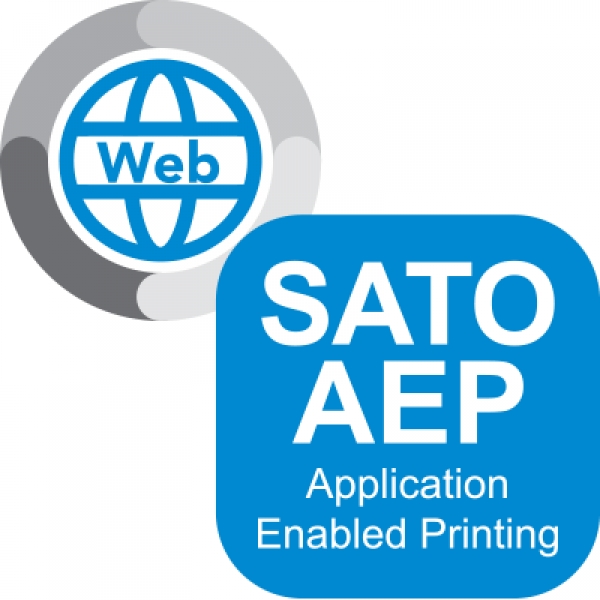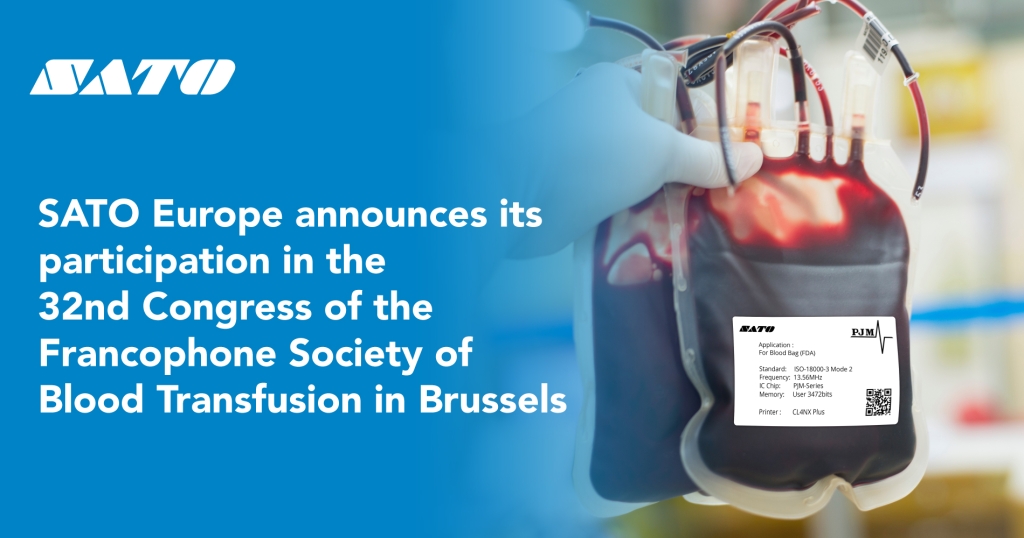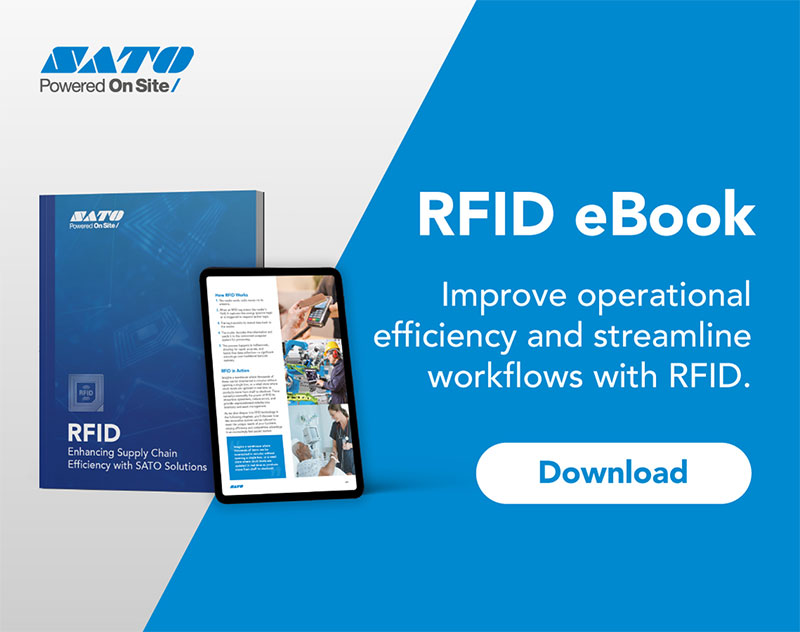Web Application Enabled Printing: Enabling ISVs to provide customers with simple and efficient solutions
12/10/21
. Businesses across manufacturing and logistics to healthcare and the food industry are now looking to convert their potentially outdated labelling processes by taking advantage of newer, smarter, and more intelligent technologies that allow for real-time asset management. Not only is this reducing the need for time-consuming manual labour, but it is also decreasing the costs associated with mislabelling errors – an area that can cost a business up to £65,000 (€76,000) on average per year2.
In addition, the Covid-19 pandemic has had a tremendous impact on global supply chains, further complicating processes that rely on manual handling or intervention. Fortunately, digital technology adoption has increased rapidly since the start of the pandemic. As a result, it is essential that Independent Software Vendors (ISVs) utilise simple and common instruments when creating tailored solutions for their customers.
Making the complex, simple
According to a recent Deloitte report, 83% of respondents believed that digital supply chains will be the predominant model within five years1. Survey respondents also expect the adoption rate of automation to rise from 38% to 76%, predictive analytics from 31% to 79%, connected things from 27% to 73% and artificial intelligence from 17% to 62% all within the next three to five years1 and this is good news for ISVs and system integrators.
Yet when each company’s labelling process is so unique and uses many different local or cloud-based applications – including enterprise resource planning, warehouse management and manufacturing execution systems – to keep operations running smoothly, how can ISVs customise printer operations to seamlessly fit into this process without major modifications this process?
The answer lies in tailor-made, web-based printer applications. SATO has developed tools to help ISVs to write applications for printing business critical data, based on common technology for Platforms as a Service. By delivering additional flexibility and familiarity for writing applications, SATO has created independent accessibility for ISVs that wish to integrate their web application into an integrated platform or software.
Let’s take a look at a typical example - a food service company requires a simple ‘point and click’ label printing tool that can be used like a smartphone device. Users need to be able to select individual ingredients and ensure allergens, the price, and the best before or sell by dates are displayed before generating a label. In addition, they require the use of peripheral devices, such as barcode scanners, keyboards and scales, for weighing ingredients, to be connected to their printer and the cloud database. As a sustainable food service company, they also want to instantly view what has been produced that day, so that any leftover ingredients that cannot be used for human consumption can be disposed of correctly.
Here, the food service company requires much more than a simple label printer. They need a dynamic, graphically engineered web application that can be used intuitively by employees, without any technical know-how. For ISVs, this is a hugely complex project. It requires coding a backend process that can be used or reinterpreted by the printer’s own programming language and any other existing customer databases. Not only is this demanding on the web developer’s time, it also requires major skills to implement, meaning smaller ISVs may not be able to compete on the same scale as larger businesses.
Customer centric innovation
Fortunately, there are solutions available on the market today that help ISVs provide a time-saving, cloud-connected and simplified labelling approach for their customers. For instance, web developers can use common web technologies and code languages like JavaScript, HTML5, CSS, ASP.NET, PHP, C# and Blazor to build a single page web-based printer application with a solution called Web Application Enabled Printing (Web AEP). This means that millions of web developers can now write labels based on the latest technology from a single page application, saving both time and money.
Suitable for a range of markets, including the food industry, manufacturing, healthcare, retail, restaurants and more, Web AEP delivers the flexibility ISVs require to create tailor-made applications with a dynamic graphically engineered backend process, alongside the preferred JavaScript frontend framework such as jQuery, React or Vue.js. This means it’s fast, fuss-free and easily scalable for the complex customer environments.
The inventor of this near revolutionary technology is SATO, a global pioneer in the development of Auto-ID and labelling solutions.
“At SATO, our ethos is to inspire change and promote customer centric innovation,” said Mats Hedberg, Head of AEP Group at SATO. “Web AEP is an example of our ceaseless creativity. Our customers want to provide a unique solution to their end users with a multi-functional, all-in-one device. Web AEP goes beyond that need, enabling ISVs to build faster and smarter web applications to meet the demands of today, tomorrow and the future.
“For example, ISVs can now convert existing web applications to run on the SATO FX3-LX or CT4-LX intelligent label printers and develop local applications with common web technologies. Or they can run cloud web applications to initiate bug fixes with only a single deploy of the server application, eliminating the need to upgrade every printer. So, from point and click customer applications with touchscreen printer technology to easy database integration, Web AEP offers unparalleled accuracy to reduce costs and improve operational efficiency.”
Simple but smart
If technologies like Web AEP can provide simple yet smart ways for ISVs to be proactive to customer enquiries rather than reactive, then is simplifying label printing the answer to solving supply chain vulnerabilities exposed during the Covid-19 pandemic? Or perhaps the answer lies in driving digital adoption further and ensuring that companies are fully utilising the capabilities of intelligent technologies? Either way, the benefits of using a cloud-connected labelling system are clear – and ISVs should be urging their customers to take advantage of these where it is needed most.
References
- MHI & Deloitte, ‘Innovation Driven Resilience’, May 2021.
- NiceLabel Survey, June 2021
Latest News
All News

04/12/25
SATO Europe announces its participation in the 32nd Congress of the Francophone...
25th November 2025 – Templemars, France...

18/11/25
SATO obtains FSC® certification (FSC®-C207483) in France, reinforcing its...
SATO, a leading global provider of labeling and identification...












